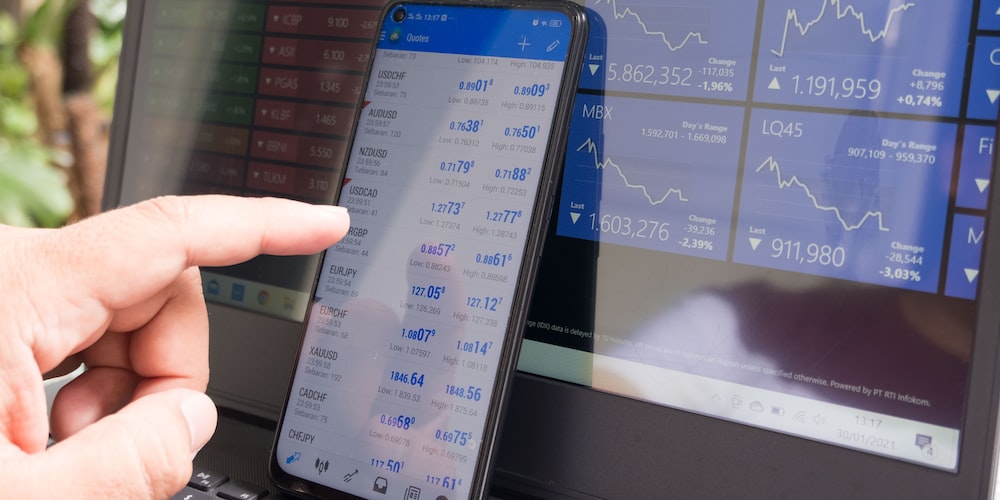
What is the Moving Average of Oscillator? The Moving Average of Oscillator (MAO) is a technical analysis tool that traders use to identify changes in market momentum and trend strength. It is a variation of the Moving Average Convergence Divergence …

What is the Ichimoku Kinko Hyo indicator? The Ichimoku Kinko Hyo indicator is a technical analysis tool that traders use to identify potential buying and selling opportunities in the financial markets. It is a complex indicator that incorporates multiple components …

What is the Alligator Indicator? The Alligator Indicator is a technical analysis tool that traders use to identify market trends and potential entry and exit points for trades. It was developed by Bill Williams, a well-known trader and author of …

What are Fractals? Fractals are a concept in mathematics and geometry that refers to a geometric shape or pattern that can be divided into smaller parts, each of which is a reduced-size copy of the whole. Fractals are often used …

What is the Force Index indicator? The Force Index is a technical analysis indicator that uses price and volume to measure the strength of a trend. It is calculated by multiplying the direction of a price move (up or down) …

What are Envelopes? Envelopes are a technical analysis tool that traders use to identify potential overbought and oversold conditions in the markets. An envelope is a moving average-based indicator that consists of two lines plotted above and below the main …

What is the Double Exponential Moving Average (DEMA)? The Double Exponential Moving Average (DEMA) is a technical analysis indicator that is used to smooth out price fluctuations and reduce the lag inherent in traditional moving averages. The DEMA is a …

What is the DeMarker Indicator? The DeMarker Indicator is a technical analysis tool that traders use to identify potential buying and selling opportunities in the financial markets. It was developed by Tom DeMark, a well-known trader and author of several …